In our increasingly interconnected world, beauty transcends borders, evolving and adapting as it traverses cultures. From traditional practices passed down through generations to contemporary trends influenced by globalization, the realm of beauty is rich and diverse. This article delves into some of the most fascinating beauty rituals and trends from around the globe, showcasing how culture shapes our understanding of beauty.
The Roots of Beauty Rituals
Beauty rituals have deep historical roots, often linked to cultural identity, societal norms, and environmental factors. While some rituals are steeped in tradition, others emerge from modern influences, creating a dynamic interplay of old and new. Let’s explore a few beauty rituals that stand out around the globe.
Asia: The Art of Skincare
Asian countries, particularly South Korea and Japan, are known for their meticulous skincare rituals. The “10-step skincare routine” that gained popularity worldwide traces its origins to South Korea, emphasizing hydration, protection, and nourishment. Key elements include:
-
- Double Cleansing: An oil-based cleanser followed by a water-based one removes impurities while maintaining moisture.
-
- Essences and Serums: Lightweight formulations packed with active ingredients boost hydration and target specific skin concerns.
Japanese beauty rituals, on the other hand, often focus on simplicity and the use of natural ingredients. Traditional practices like the incorporation of rice water for skincare and the use of matcha for its antioxidant properties highlight a harmonious relationship with nature.
Africa: Natural Ingredients and Community
In various African cultures, beauty routines frequently utilize locally sourced natural ingredients. For example, shea butter is cherished for its moisturizing properties, while African black soap is renowned for its cleansing and healing benefits. Rituals are often communal, with generations of women gathering to share knowledge and techniques, reinforcing bonds and cultural heritage.
The Middle East: Tradition Meets Elegance
Middle Eastern beauty practices often blend tradition with elegance. The use of kohl—itself an ancient eyeliner—is deeply rooted in various cultures, believed not only to enhance beauty but also to protect the eyes from the harsh sun and evil spirits. Henna, used for body art and hair dye, is another prominent feature, especially during celebrations and weddings.
Europe: Eco-Conscious Trends
European beauty trends increasingly emphasize sustainability and ethical sourcing. Brands from Scandinavia to Italy focus on clean beauty, utilizing organic ingredients and eschewing harmful chemicals. The minimalist approach to beauty is gaining traction, valuing quality over quantity, with a focus on multifunctional products that simplify skincare routines.
Modern Influences: Social Media and Globalization
The rise of social media has transformed the beauty landscape, facilitating the exchange of ideas and trends across borders. Platforms like Instagram and TikTok showcase beauty influencers from diverse backgrounds, often sparking global trends almost overnight. This democratization of beauty allows for the celebration of different beauty standards, promoting inclusivity.
For instance, the global popularity of the “glass skin” look in K-beauty has inspired beauty enthusiasts worldwide to adopt layering techniques and focus on achieving radiant, dewy skin. Similarly, the rise of “clean beauty” emphasizes the demand for transparency regarding ingredients, influencing brands globally.
Embracing Diversity and Inclusivity
As the beauty industry becomes increasingly global, voices advocating for diversity and inclusivity are growing louder. Brands are recognizing the need to cater to a wider array of skin tones, hair types, and cultural backgrounds. This shift is not just a marketing strategy; it reflects a deeper understanding of beauty as a spectrum rather than a sole ideal.
The Future of Beauty
Looking ahead, the future of beauty will likely continue to draw from diverse cultural influences while embracing technological advancements. From personalized skincare solutions powered by AI to sustainable packaging innovations, the beauty of tomorrow promises to be both inclusive and environmentally conscientious.
Conclusion
Beauty is a universal language, one that communicates across cultures and fosters connections. By exploring beauty rituals from around the world, we celebrate the uniqueness of each culture while appreciating the common threads that bind us. Whether through heritage practices or modern trends, beauty, truly, knows no borders. As we appreciate the diversity of beauty, we foster a more inclusive understanding of what it means to be beautiful in today’s world.


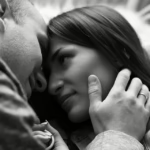

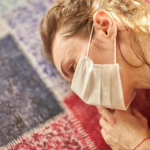
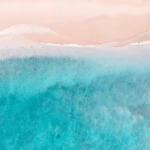









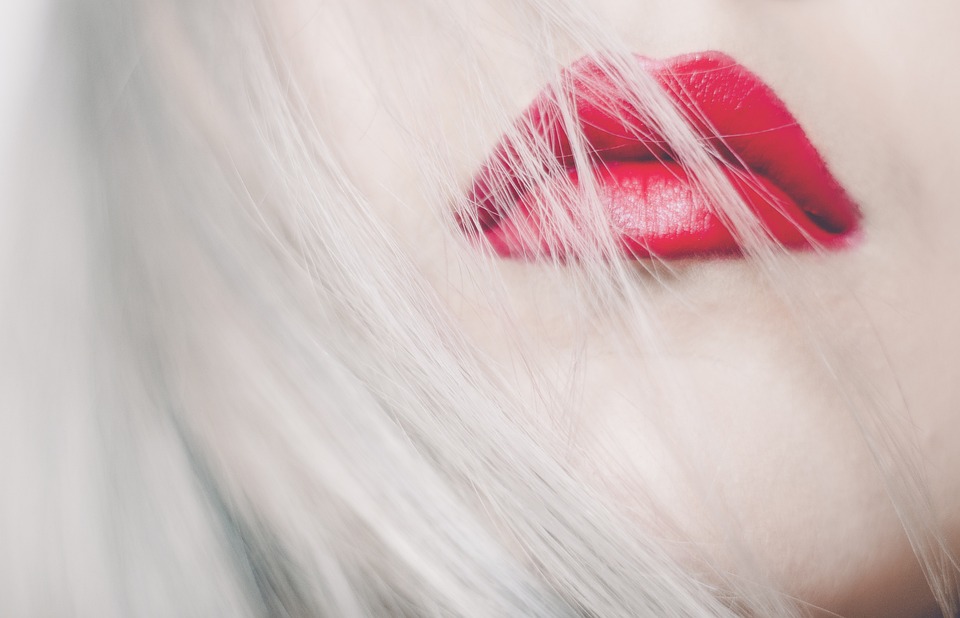
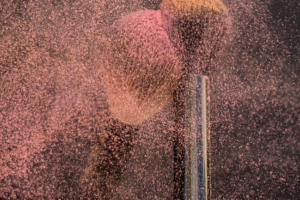
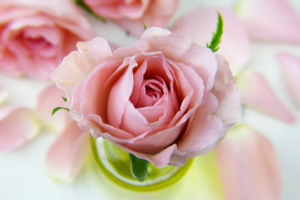
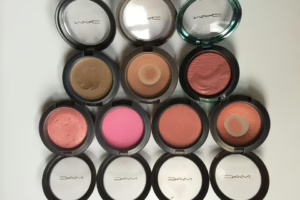

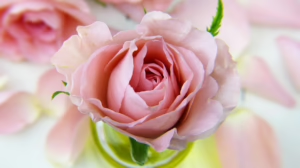
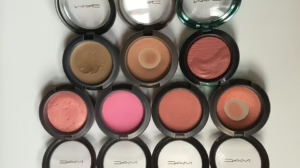




Add Comment